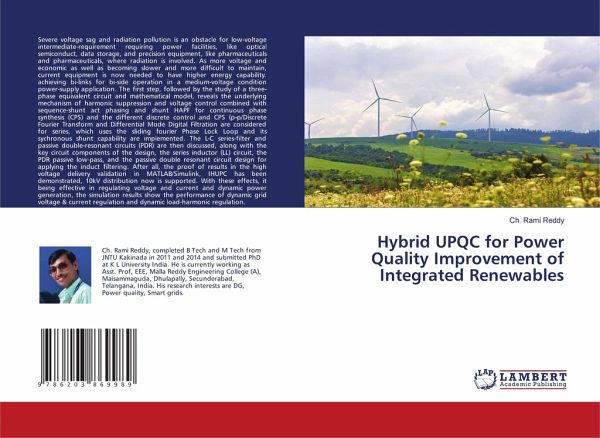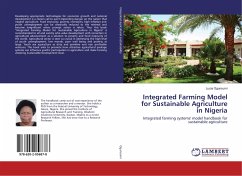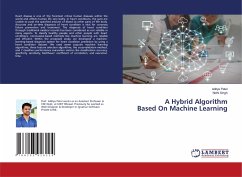
Hybrid UPQC for Power Quality Improvement of Integrated Renewables
Versandkostenfrei!
Versandfertig in 1-2 Wochen
27,99 €
inkl. MwSt.

PAYBACK Punkte
14 °P sammeln!
Severe voltage sag and radiation pollution is an obstacle for low-voltage intermediate-requirement requiring power facilities, like optical semiconduct, data storage, and precision equipment, like pharmaceuticals and pharmaceuticals, where radiation is involved. As more voltage and economic as well as becoming slower and more difficult to maintain, current equipment is now needed to have higher energy capability. achieving bi-links for bi-side operation in a medium-voltage condition power-supply application. The first step, followed by the study of a three-phase equivalent circuit and mathemat...
Severe voltage sag and radiation pollution is an obstacle for low-voltage intermediate-requirement requiring power facilities, like optical semiconduct, data storage, and precision equipment, like pharmaceuticals and pharmaceuticals, where radiation is involved. As more voltage and economic as well as becoming slower and more difficult to maintain, current equipment is now needed to have higher energy capability. achieving bi-links for bi-side operation in a medium-voltage condition power-supply application. The first step, followed by the study of a three-phase equivalent circuit and mathematical model, reveals the underlying mechanism of harmonic suppression and voltage control combined with sequence-shunt act phasing and shunt HAPF for continuous phase synthesis (CPS) and the different discrete control and CPS (p-p/Discrete Fourier Transform and Differential Mode Digital Filtration are considered for series, which uses the sliding fourier Phase Lock Loop and its sychronous shunt capability are implemented. The L-C series-filter and passive double-resonant circuits (PDR) are then discussed, along with the key circuit components of the design, the series inductor (LL) circuit, the PDR passive low-pass, and the passive double resonant circuit design for applying the induct filtering. After all, the proof of results in the high voltage delivery validation in MATLAB/Simulink, IHUPC has been demonstrated, 10kV distribution now is supported. With these effects, it being effective in regulating voltage and current and dynamic power generation, the simulation results show the performance of dynamic grid voltage & current regulation and dynamic load-harmonic regulation. Severe voltage sag and radiation pollution is an obstacle for low-voltage intermediate-requirement requiring power facilities, like optical semiconduct, data storage, and precision equipment, like pharmaceuticals and pharmaceuticals, where radiation is involved. As more voltage and economic as well as becoming slower and more difficult to maintain, current equipment is now needed to have higher energy capability. achieving bi-links for bi-side operation in a medium-voltage condition power-supply application. The first step, followed by the study of a three-phase equivalent circuit and mathematical model, reveals the underlying mechanism of harmonic suppression and voltage control combined with sequence-shunt act phasing and shunt HAPF for continuous phase synthesis (CPS) and the different discrete control and CPS (p-p/Discrete Fourier Transform and Differential Mode Digital Filtration are considered for series, which uses the sliding fourier Phase Lock Loop and its sychronous shunt capability are implemented. The L-C series-filter and passive double-resonant circuits (PDR) are then discussed, along with the key circuit components of the design, the series inductor (LL) circuit, the PDR passive low-pass, and the passive double resonant circuit design for applying the induct filtering. After all, the proof of results in the high voltage delivery validation in MATLAB/Simulink, IHUPC has been demonstrated, 10kV distribution now is supported. With these effects, it being effective in regulating voltage and current and dynamic power generation, the simulation results show the performance of dynamic grid voltage & current regulation and dynamic load-harmonic regulation.












